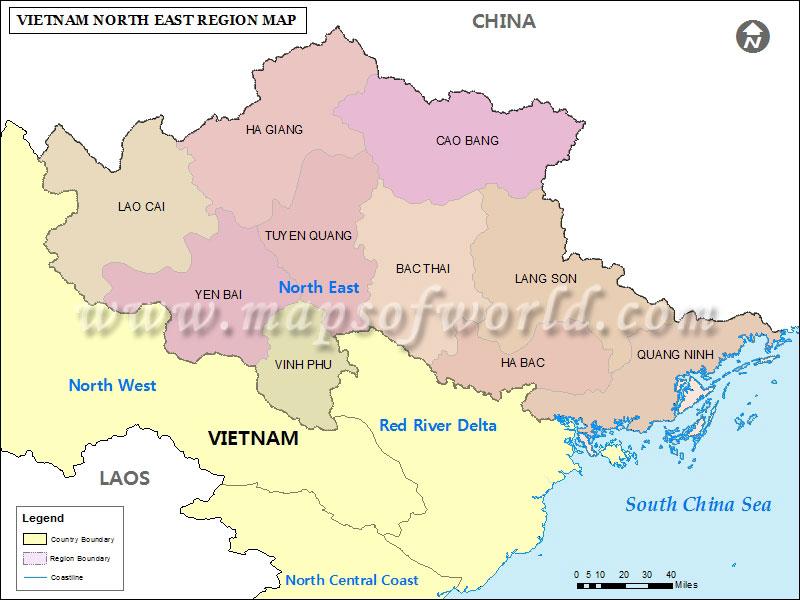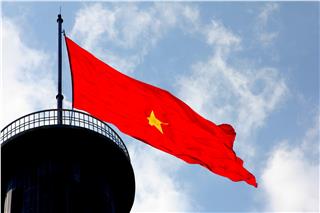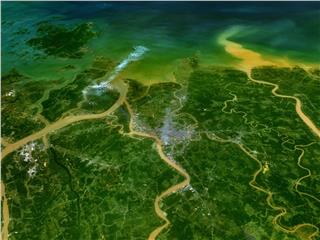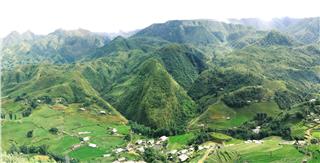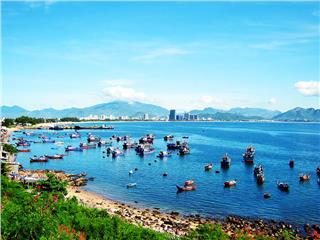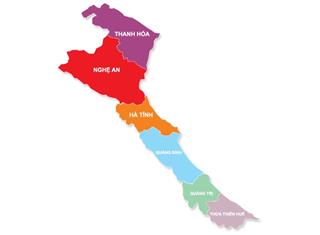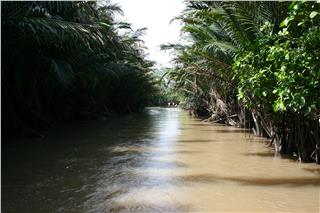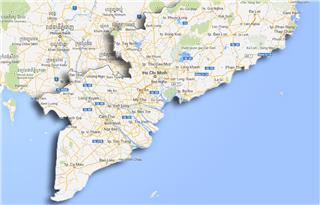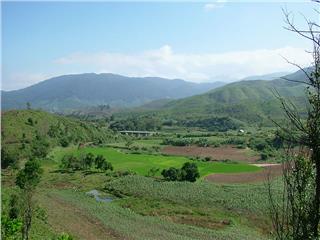Northeast Vietnam is the territory in the north of the Red River Delta. The northeast is one of three natural geographical sub-regions of Northern Vietnam (Northwest, Northeast and the Red River Delta) with beautiful landscapes and seascapes.
Northeast Vietnam is one of the most advantageous regions in Vietnam. This part plays an essential role in the development of the whole country. This region has advantages of both geography and economy. In this region, most of population is Kinh people, and a number of ethnic minority groups, which creates diversity in culture, customs, and lifestyle. Owning many wonderful landscapes and seascapes with various cultural identities, Northeast Vietnam appeals a large number of tourists and investors annually.
Population: 9,543,900 people
Area: 67.006 km2 (over 20.24 % of total area)
Geography
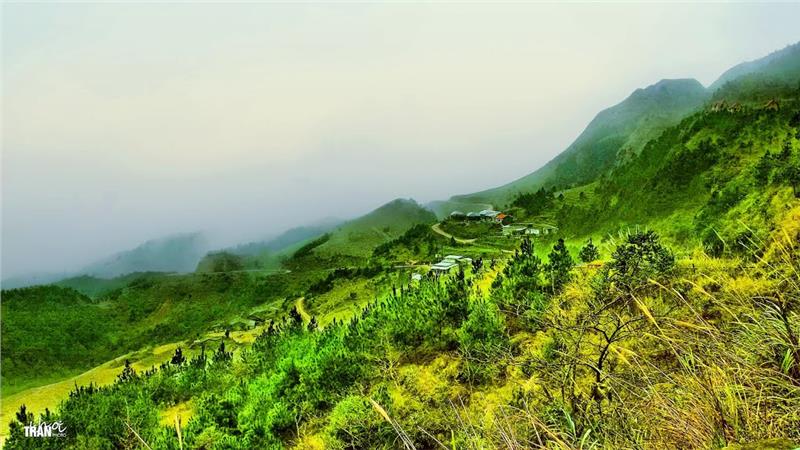
Terrain in Northeast is portrayed by mountains in hills. Northeast Vietnam is conterminous to Red River Delta, Northwest, East Sea and China. This is an advantageous position in improving economic exchange between regions and with the neighboring, China. Geography of Northeast Vietnam is characterized by complex topography. In the west, there are high mountain chains stretching from northwest to southeast, especially Hoang Lien Son Mountain Range with over 3000-meter Fansipan Mount that is the boundary between Northwest and Northwest in Northern Vietnam. This region is situated in tropical climate, but is influenced by northeast monsoon and differentiation in climate, which forms diversity in ecology with various fauna and flora systems. In addition, this region possesses a large amount of fossils and natural resources, especially coal and metals.
History
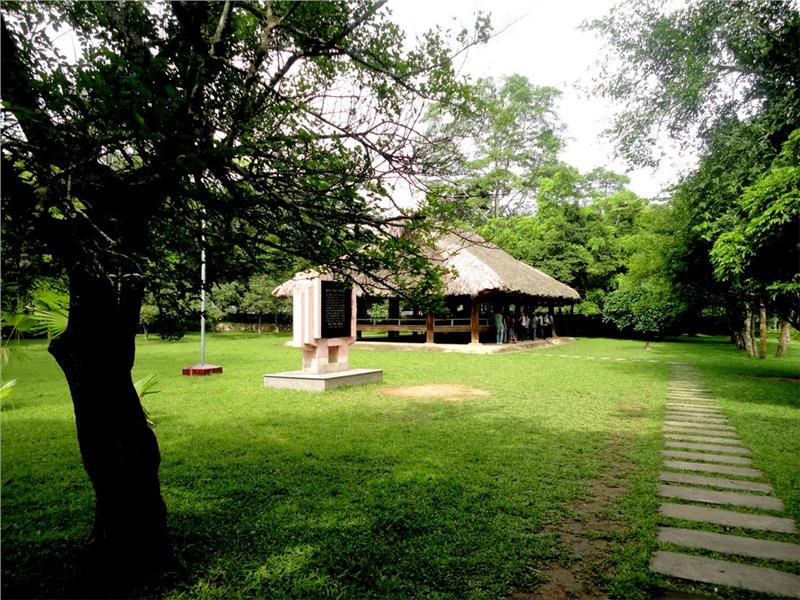
The basis of northeastern continent was formed from Proterozoic period nearly 600 million years ago. By virtue of repeated transgression and regression of the ocean and Indochina orogeny cycles over centuries, Northeastern Vietnam continent was formed. Himalayan orogeny spread to this region causing the entire Northeast raised, and creating faults. Present-day Northeast Vietnam underwent a long period of formation, and historical development. In the history of Vietnam, many times invaders had infiltrated the region. Here, according to historians, there are invasion route existing such as roads in Lang Son, coastal roads in Quang Ninh, and sea route on the Gulf of Tonkin. There were many fierce battles between Vietnamese army and people and foreign invaders. Well-known battles are Chi Lang Pass, Battle of Nhu Nguyet, Bach Dang Battle, etc. In the period of French Resistance, there were great battles such as Viet Bac Campaign in 1947, Autumn-Winter Border Campaign in 1949, etc. In the late 1970s-1980s, Chinese military assaulted Vietnam violently, mainly along the northeastern border.
People
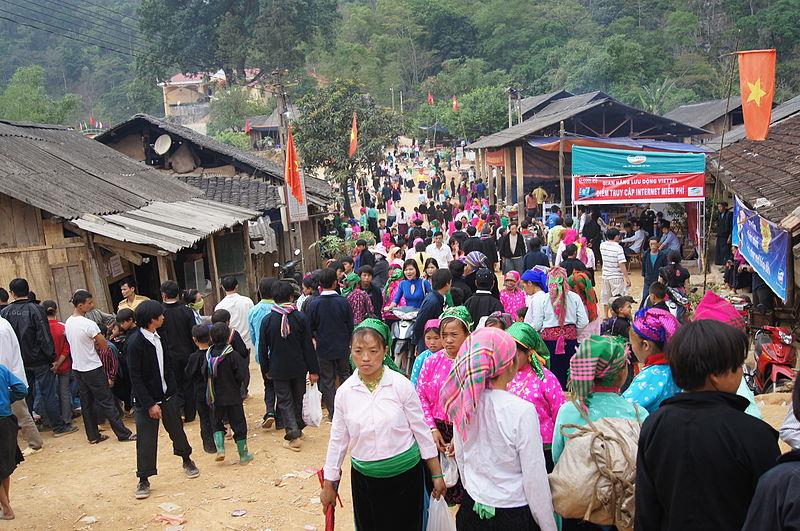
Population in Northeast Vietnam is about over 13 million of people, accounting for about 15% of Vietnam population. The population growth rate of this region is high, but the rate has signals of decrease in recent years. The living standard of people in this region is higher than that of the entire country and other regions. Northeast Vietnam has the most diverse ethnic structure in Vietnam with 40 ethnic groups living together. Ethnic minority groups reside in certain places where there are favorable conditions to conduct policy of the government, organized their lives going with practiced customs. From the charm of Tay girls, the flexibility of H ‘Mong women to the refinement of Dao and Cao Lan people, all have created a colorful cultural space in Northeast Vietnam in particular and in North Vietnam in general.
Culture
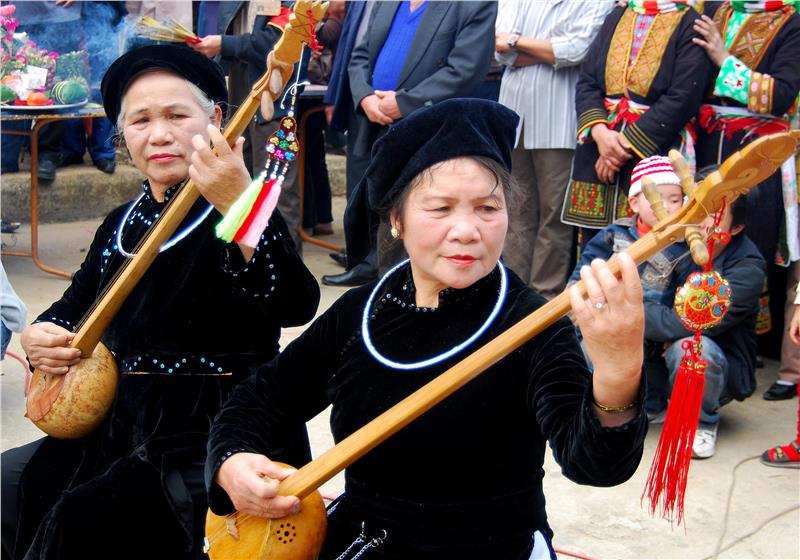
Northeast Vietnam is a mountainous forestland including provinces of Lang Son, Cao Bang, parts of Quang Ninh, Lao Cai, Bac Kan, Tuyen Quang, Thai Nguyen, and Ha Giang. Ethnic groups living here are Tay, Nung, H ‘Mong, Dao, and Chinese, in which Tay is the most populous and oldest natives in this region. Culture in Northeast Vietnam varies in each ethnic groups. The cultural life of ethnic communities is expressed through forms of traditional festivals, cultural activities, through market culture, and rich folk literature. All of the forms show cultural exchanges between races. All characteristics of natural, historical, and social conditions of the region have an impact on regional culture. The cultural and spiritual life of people in Northeast Vietnam is relatively similar to those in other regions. Religions and folk religions of ethnic groups are various. The major religions are Confucianism, Buddhism, and Taoism.
Language: Most of people in Northeast Vietnam speak Vietnamese, the official language of Vietnam. Besides, ethnic minority people speak Vietnamese as their second language along with their mother tongues.
Economy
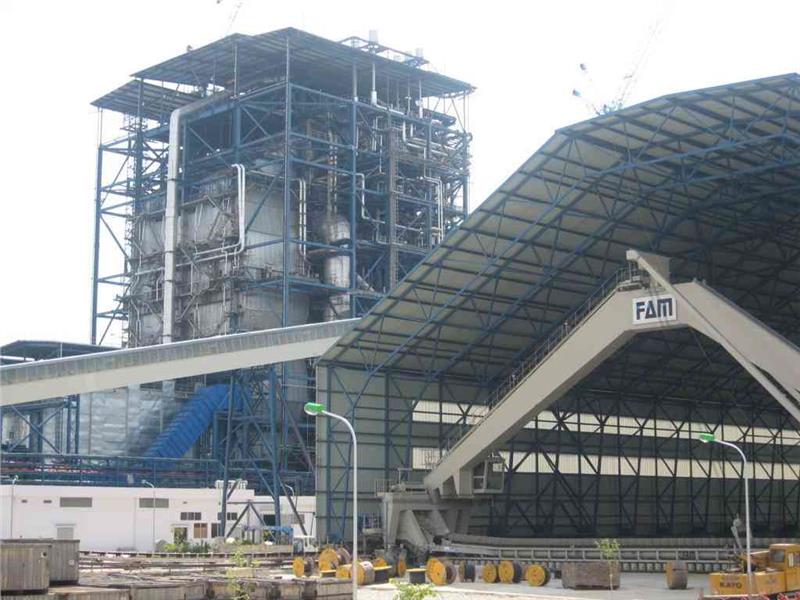
In recent year, economy in Northeast Vietnam is having positive changes. With the advantage of natural resources and conditional position, the region can develop a comprehensive economy. The advantages create favorable conditions to develop agriculture, forestry with stable tropical ecological system. Owning rich sources of fossils and metals, the region also can develop mining industry and processing minerals industry such as coal, iron, lead, zinc, tin, bauxite, apatite, and pyrite, and building stone, thermal development in Uong Bi. From 1991 to 1994, GDP growth rate of this region reached about 5.9%. Since 1994, the figure mounted 6.7%. The rate of commodities and products is still low in both quality and quantity. Yet, there are products accounting for great proportion as tea, coal, and paper. Services and trade in this region are relative developing in big cities.
Politics
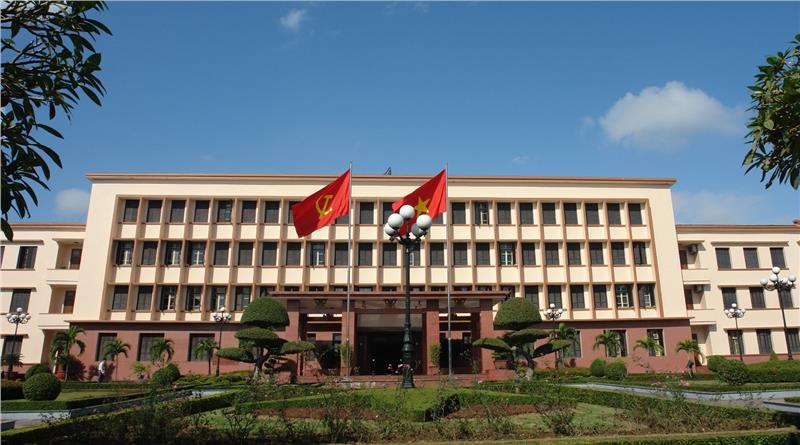
In term of administration, Northeastern provinces are Phu Tho, Ha Giang, Tuyen Quang, Cao Bang, Bac Kan, Thai Nguyen, Lang Son, Bac Giang and Quang Ninh. Sometimes Lao Cai, Yen Bai which belong to Northwest region are also listed this region. Northeast Vietnam plays an important and strategic role in national defense and security. Currently, Northeast region is protected by the First Military Region. The Second Legion, also known as Huong Giang Corps, was established on May 17, 1974 in Thua Thien-Hue. Its headquarter is in Lang Giang District, Bac Giang Province.
Society
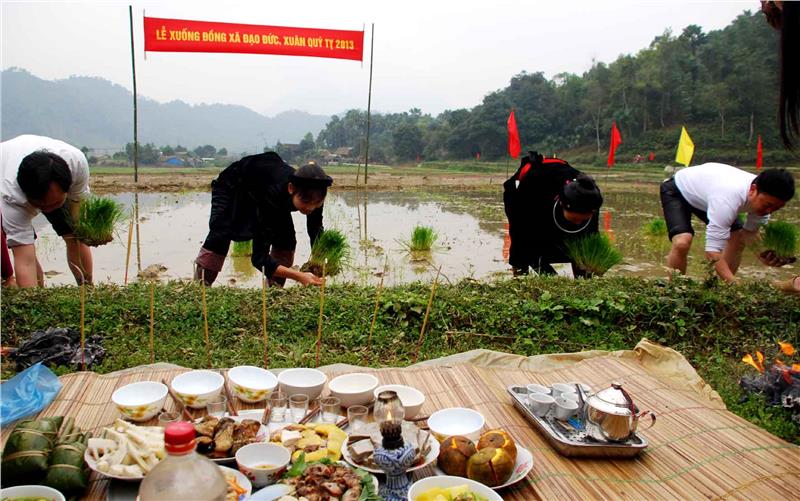
Society in Northeast is affected by natural conditions. Houses in this region are mainly houses on stilts built with wood or bamboo. Costumes of local people are uninformative, which are divided according to genders, positions, ages and localities. They seldom wear jewelry, thus, in overall their costumes are simple and gentle. In term of eating, each ethnic group has its own way of cooking and tastes. Their main ingredient is rice. Meal of northeasterners is simple but nutritious. All family members highly appreciate eating time together. In each family, there is an ancestor altar put in the most respectful position. Besides, people in this region worship Kitchen God. Notably, the intellectual elite informed early in this region and many of them reached their zenith. During French Resistance and after reunification, education in this region was greatly improved. There are many universities and colleges built here.
Tourism
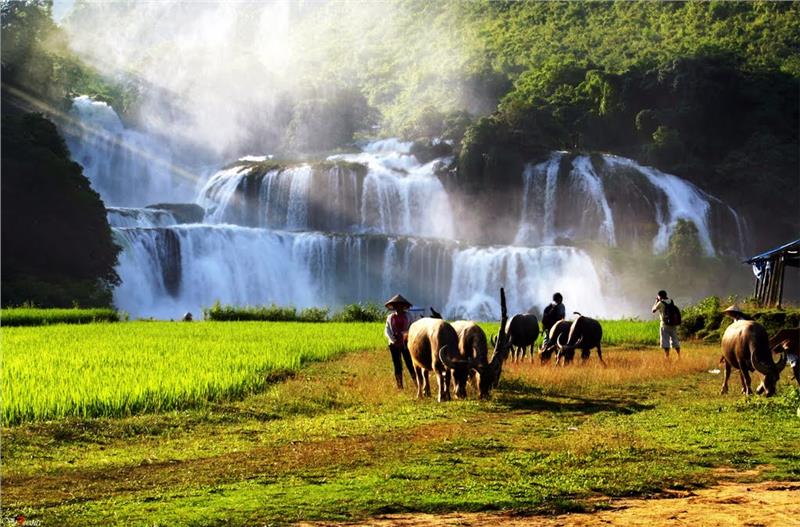
Northeast tourist sub-region includes midland and mountainous provinces such as Thai Nguyen, Lang Son, Tuyen Quang, Ha Giang, Bac Kan, and Cao Bang which carry profound characteristics of the outstanding nature and rich culture, customs and traditions of the diverse indigenous peoples. With the huge potential, if the region is exploited logically, it will be an important tourist destination for present and future tourism development. Naturally, this potential land covers a large area of the country (36,982 km2) with diverse terrain of mountains and highlands. In particular, there are the majestic mountains, poetic and fanciful valleys. Tourism in Northeast Vietnam has an abundant, various and attractive potential, which appeals both domestic and international tourists. Specifically, Halong Bay is one of the most famous destinations in Vietnam. Tourists coming to this region will be lured into the fantastic scenery of limestone in all shapes and sizes. Besides, there are other famous attractions such as Tra Co Beach, Ba Waterfall, Ba Be Lake, Coc Mountain Lake, etc. and other well-known historical relics like Pac Po Cave, Dinh Hoa Safety Zone.
Festivals
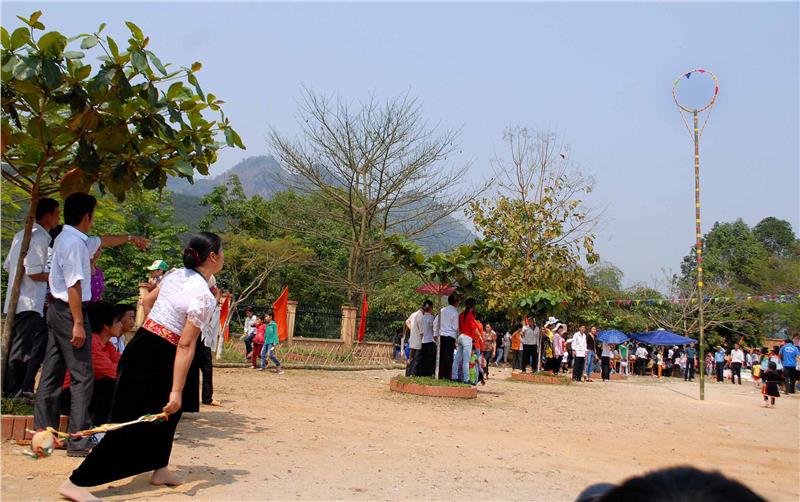
Apart from attracting tourists with beautiful landscapes and relics, Northeast Vietnam also lures tourists into exciting atmosphere of traditional festivals. Vietnamese festivals in the northeast are various and colorful with many meaningful spiritual activities. Festivals in this region are divided into two main parts: ritual and festival. Nem Con Festival (Throwing Ball Festival), Hung King Festival and Thai Nguyen Tea Festival are big festivals of Vietnam in general and in the northeast in particular. Besides, there are many other festivals of ethnic minority groups such as Long Tong Festival, festival of praying good harvests, etc. Traditional festivals reflect clearly local customs and cultures. In Ha Giang, there is spring festival of H ‘Mong and Dao, while, Cao Bang has spring festive of Tay people. These festivals not just create differences and identities between ethnic groups, but also contribute to the cultural diversity in Vietnam.
